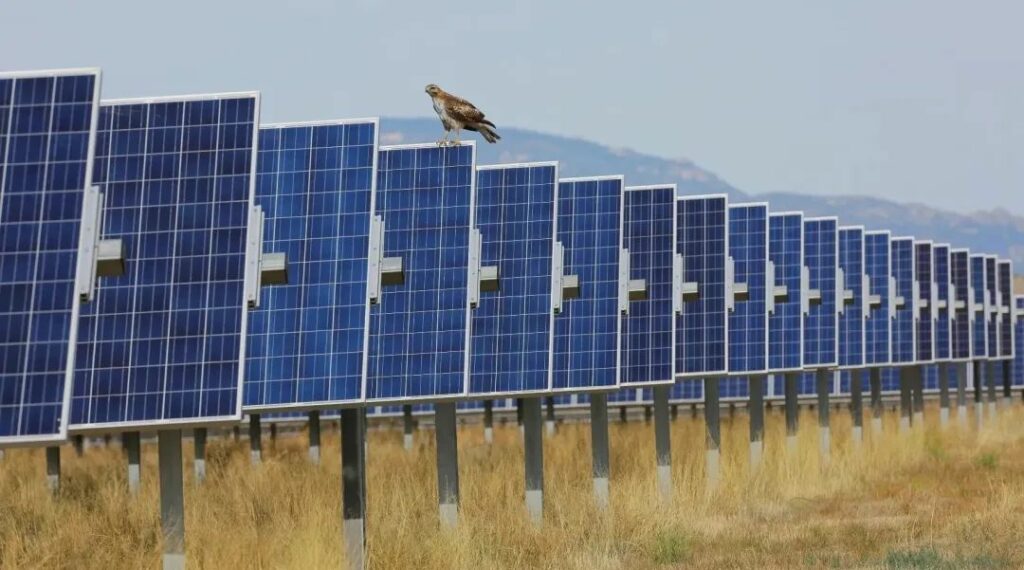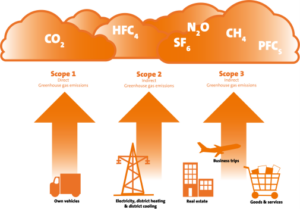By Rebecca Stropoli CBR-Climate Change
Americans’ surging investments in rooftop solar panels, small natural gas–fueled generators, wall-mounted batteries, and wind turbines are starting to add up to a lot of power—more of it, at times, than the owners of these technologies can use themselves.
These small-scale producers can work through third-party aggregators to sell back to the grid, but the industry needs an efficient business model to make this work. Chicago Booth PhD student Zuguang Gao, King Fahd University of Petroleum and Minerals of Saudi Arabia’s Khaled Alshehrihri , and Booth’s John R. Birge suggest a two-part pricing model that they say would result in more energy efficiency and less market power for traditional energy generators.
Electricity producer-consumers are prosumers in the coinage of the late futurist Alvin Toffler, and their localized investments are known as distributed energy resources, or DERs. Collectively, these small producers could be a boon for the clean-energy economy and, by producing electricity cheaply, lower electricity prices. The capacity they generate in the United States may reach 387 gigawatts by 2025, according to global research and consulting firm Wood Mackenzie. That would be enough to power 290 million houses.
Production levels are too small for individual owners to participate directly in the wholesale electricity market, however. Prosumers in many cases can sell their power to an aggregating company, which in turn bids directly with the system operators that oversee state wholesale energy markets. But aggregating retail energy has in the past two decades been a largely money-losing proposition. What business model would work best for prosumers and aggregators?
As policy makers, regulators, and industry participants hammer this out, the researchers argue that the most efficient model would include two-part pricing, entailing a fee for DER owners to participate in the program and a per-unit price at which the aggregator would purchase the prosumers’ energy.
Aggregators are typically both profit seeking and monopolistic within a specific location, write Gao, Alshehri, and Birge. The price offered to DER owners needs to be high enough for prosumers to want to participate but still low enough that the aggregators can make money.
Currently, in the prevailing one-part pricing model, the aggregator charges a fixed marginal price per energy unit and doesn’t include a participation fee. A two-part pricing model is more economical, Birge says, because it enables prosumers to enter the market in a way that leads to the lowest total overall cost and it allows both the aggregator and the producer to profit.
“Since we need the aggregator to act as an intermediary in order to bring thousands and perhaps someday millions of small producers into the market, some form of two-part pricing would be necessary to ensure that the market operates efficiently,” he says.
Additionally, such aggregators could help promote energy efficiency, not simply by offering the cleaner power provided by the DERs but also in the manner by which they administer the energy. Consider multiple residences with rooftop solar panels that include battery backups. An aggregator could ensure that power stored in the prosumers’ batteries is released to the grid at an optimal time—for example, in the early evening, when demand often peaks. In the same manner, the aggregator could potentially determine when to charge an electric vehicle—likely in the early morning when loads are lowest—although details such as whether this power cycling would void the EV manufacturer’s warrant would be important.
Aggregators could also help offset the actions of traditional generators, such as large electric power companies, that might have an incentive to reduce output to drive up prices. “The aggregator can compete against these generators to lower the price and keep the traditional generators from exercising as much market power,” Birge says.
States such as California and New York have adopted energy aggregation programs, including Southern California’s Clean Power Alliance, which began enrolling residential customers in February 2019, and the sonnenCommunity New York Virtual Power Plant, a solar plus battery program, which launched in July 2021. New York’s aggregation system includes a two-part pricing model similar to that put forward by the researchers: a subscription fee plus a payment for the remaining credits.
“Hopefully, we will be able to see results from New York’s experience that will show efficiency improvements,” Birge says. Overall, the researchers argue, this type of policy could be beneficial to all consumers and should be adopted more broadly.





-300x183.jpg)
